By Rebecca Trout
Were All-America Cities prepared for the challenges posed by the COVID-19 pandemic? The purpose of the award program is to recognize outstanding examples of civic engagement around community problem-solving. So, we would expect AAC communities to be a step ahead in working with residents and creating partnerships to deal with the pandemic. A series of learning exchanges organized by the Kettering Foundation and the National Civic League last year found this assumption to be true.
Cities across the United States face a variety of problems with no easy solutions. These challenges—poverty, economic development, healthcare and homelessness to name a few—have been described as “wicked problems,” due to their complexity and difficulty to address. As Martin Carcasson wrote in a National Civic Review article, “Wicked problems have no technical solutions, primarily because they involve competing underlying values and paradoxes that require either tough choices between opposing goods or innovative ideas that can transcend the inherent tensions.”
Ideally, people in communities and the governmental officials and agencies who represent them work together to address the wicked problems they face, but too often citizens defer much of what they could do together to government, and government tends to be overly reliant on professional expertise and technical solutions. This can leave citizens on the sidelines feeling disengaged, powerless, and dissatisfied.
The Kettering Foundation and the National Civic League share a belief about the importance of whole communities— governmental agents and agencies, residents, nonprofits, and other institutions—coming together to solve shared problems collaboratively. When this inclusive, democratic approach is taken, difficult issues are managed both more equitably and effectively, because the solution has been mutually arrived upon and its implementation leans on pre-existing community assets.
All-America City winners and finalists are practitioners, sometimes unknowingly, of this approach and it’s part of the reason they were recognized for their inclusive civic engagement efforts. Given this synergy, it was only natural that when the difficulties of the past few years had everyone searching for answers, the League and the Foundation called upon the knowledge and experiences of recent All-America City designees. The theory was that AAC communities—recognized for engaging with their residents to solve local problems—would have an expertise to share in how they work with citizens to name, frame, and address pressing issues.
Three online learning exchanges were held to get to the bottom of what’s working in these All-America Cities. Participants from 20 communities attended based on their recent designation as either an All-America City finalist or winner; city officials were asked to invite a community member to join them. Over the course of the online exchanges, we learned from these communities how they are engaging with citizens to solve problems, what issues are being identified and addressed, and how we and others might learn from their experiences.
To focus the conversation, participants were asked to concentrate primarily on their equitable response to the COVID-19 pandemic.
Overarching Themes
Inclusive decision-making process
“What matters to you? What do you want to do? What measures do you want to use?”
-Learning Exchange Participant
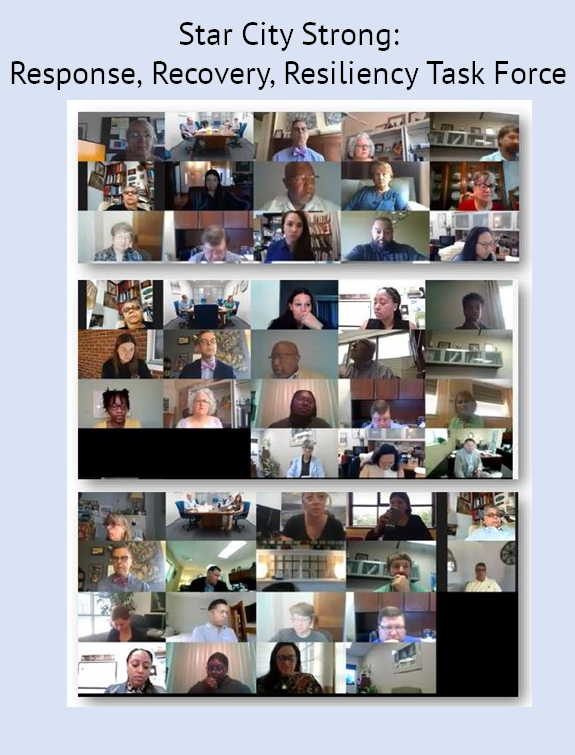 Participants emphasized the importance of seeking community input and buy-in early when the problem and solution is being identified. Too often the powers that be will get it in their heads that, say, because traffic is bad, they need to widen a road, for example. If they took the time to listen to community members, they might learn that connecting sidewalks or offering more reliable public transportation are the preferred solutions.
Participants emphasized the importance of seeking community input and buy-in early when the problem and solution is being identified. Too often the powers that be will get it in their heads that, say, because traffic is bad, they need to widen a road, for example. If they took the time to listen to community members, they might learn that connecting sidewalks or offering more reliable public transportation are the preferred solutions.
Exchange participants noted that even during the pandemic, they took the time to first assess the community’s needs before jumping into action. Roanoke, Virginia, brought together community partners and residents to form the Star City Task Force which self-identified their primary areas of concern as: community health, culture, economy, social services, and youth and education. Once these concerns were identified, the community could move forward together to form solutions.
In the words of the city’s mayor, Sherman Lea, when COVID-19 hit “we did what an All-America City does – turned to our community to determine what is needed next.”
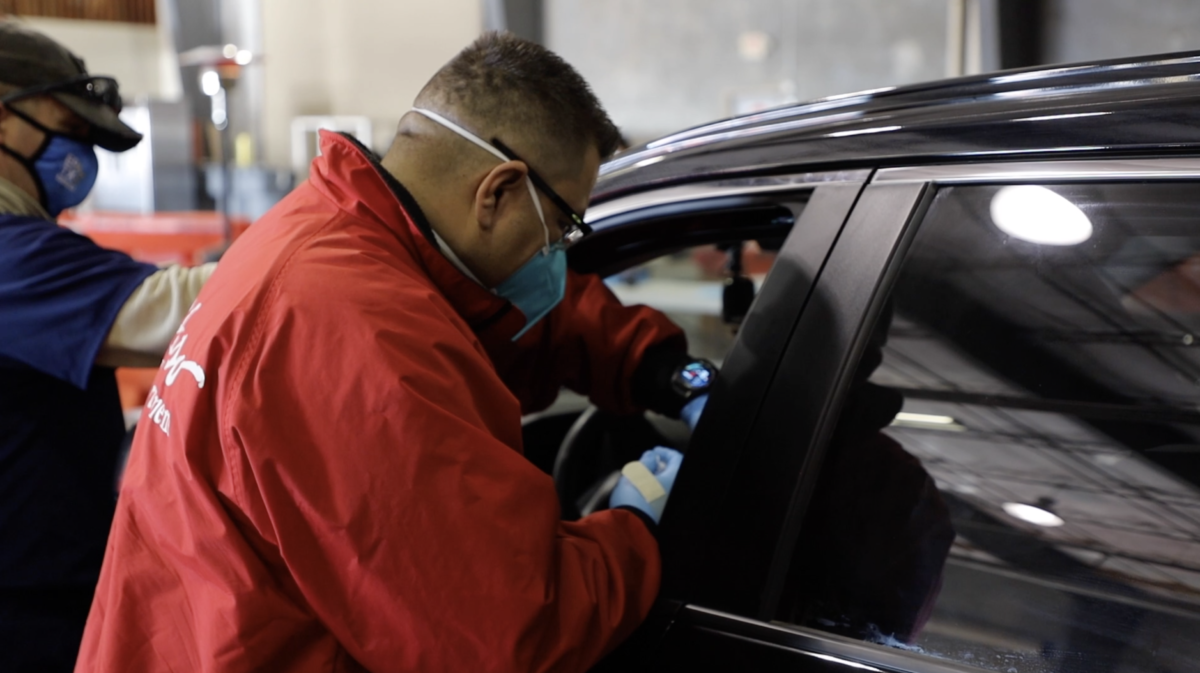 Similarly, El Paso’s first step in responding to the pandemic was to capture a snapshot of community vulnerabilities and priorities. Non-profits, partner public entities and neighborhood stakeholders were called upon to establish an informed prioritization of needs. The community revealed Housing + Basic Needs and Livelihood + Employment as their top two priorities. A group of stakeholders quickly went to work, using these community identified priorities as guideposts for their efforts.
Similarly, El Paso’s first step in responding to the pandemic was to capture a snapshot of community vulnerabilities and priorities. Non-profits, partner public entities and neighborhood stakeholders were called upon to establish an informed prioritization of needs. The community revealed Housing + Basic Needs and Livelihood + Employment as their top two priorities. A group of stakeholders quickly went to work, using these community identified priorities as guideposts for their efforts.
One critique that public officials often have of community engagement and public participation is that it takes more time and resources than if “experts” were allowed to simply do what needs to be done, especially during a crisis. All-America City exchange participant noted just the opposite, stressing the need to spend the time and energy seeking buy-in and involvement on the front end rather than correcting mistakes later.
Trusted relationships and collaborations
“Building relationships takes time, authenticity, and communication. Communities that had taken the time to build these relationships in advance fared better.”
–Learning Exchange Participant
It’s difficult to ask for an individual or organization to help in a crisis if your first interaction with them is asking for a favor. If you haven’t invested your time and energy by attending a local group’s event or meeting their volunteers, then they have no reason to trust you or help you host a pop-up testing location, for example. Communities that had a better response to the pandemic, credited their success to pre-existing and meaningful relationships with community stakeholders.
When Pitt County, North Carolina, was managing the crisis of Hurricane Floyd, people without existing relationships were placed in a command center and expected to collaborate efficiently without a strong understanding of each other’s strengths, weaknesses, or management styles. While they got through this time, it was made more challenging by a lack of familiarity with one another. Fast forward to the county’s pandemic response, and some of the same individuals were asked to work together again. Pitt County shared that they were able to lean on the relationships that were forged during the previous crisis and rely on one another in a more effective manner.
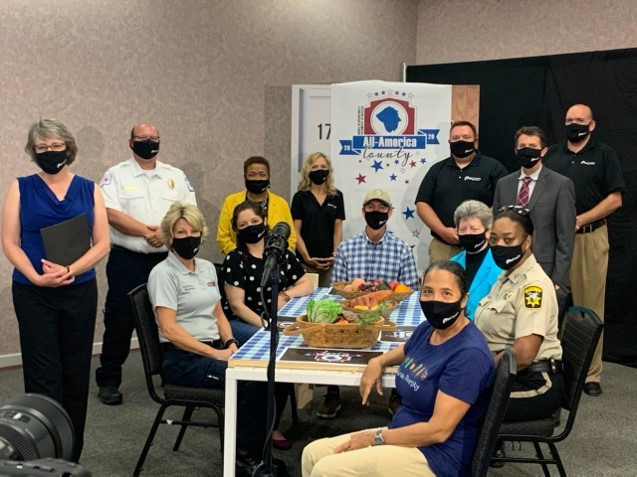 The county also relied heavily on the faith community and the Latino community to do vaccine outreach to hesitant populations. These community stakeholders were willing to help because they had been engaged previously and had a level of trust with the county.
The county also relied heavily on the faith community and the Latino community to do vaccine outreach to hesitant populations. These community stakeholders were willing to help because they had been engaged previously and had a level of trust with the county.
A similar example came from Danville, Virginia. Data from an initial vaccination clinic hosted by a local hospital indicated that 95 percent of those vaccinated were white, which was not representative of the population. They knew they needed to reach out to other segments of the population to ensure equity and brought on community organizations to assist.
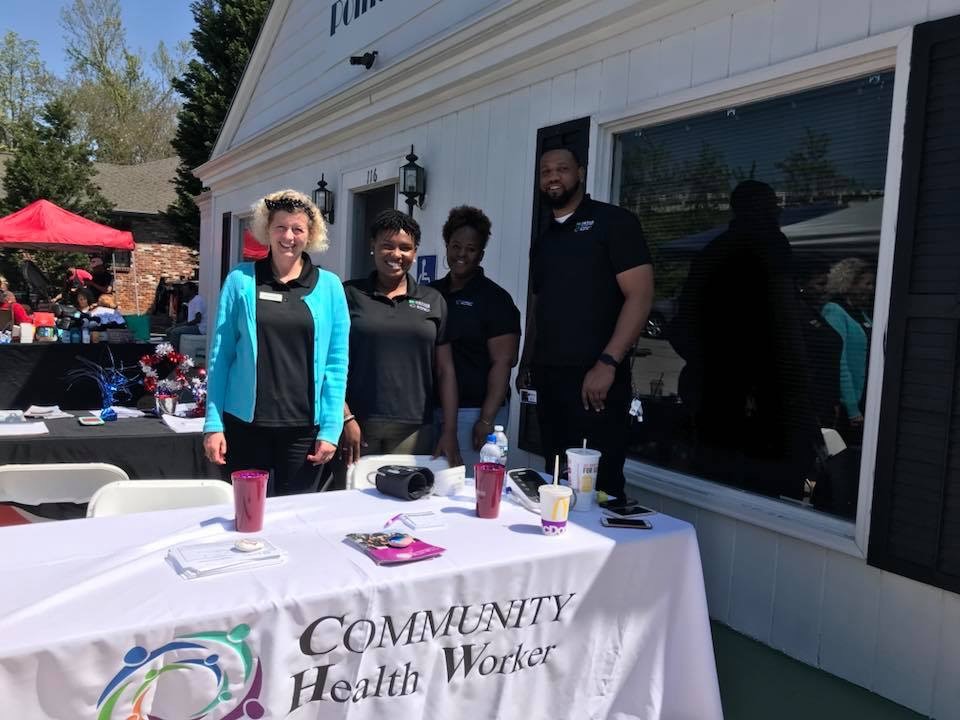 The hospital engaged with the health collaborative partners, community health workers, local colleges, and the local community engagement office to brainstorm ways to reach communities that weren’t going to the vaccination sites. The community engagement center at the college ended up hiring local organizers from the Black, Asian American and Pacific Islander communities and others who were linguistically diverse who went door-to-door answering questions, providing information, and even offering rides to the clinics.
The hospital engaged with the health collaborative partners, community health workers, local colleges, and the local community engagement office to brainstorm ways to reach communities that weren’t going to the vaccination sites. The community engagement center at the college ended up hiring local organizers from the Black, Asian American and Pacific Islander communities and others who were linguistically diverse who went door-to-door answering questions, providing information, and even offering rides to the clinics.
About a month and a half into the vaccination program, an outside agency sent their own people to help with vaccinations but ended up causing a lot of disruption. Community members didn’t recognize them and were confused. The city manager had to stand up and tell them that this is not what the community needed and to listen to the community organizations who were leading the way.
These success stories wouldn’t have been possible without strong community bonds that had been established over years. Collaborations are more difficult if you try to form them in the middle of a crisis and communities should take the time to build relationships in advance of needing them.
Innovation and Risk
“Arrows fly fast and can hurt, but being in a room with people doing good, innovative, risky work means that sometimes you must take those arrows to allow the good work to continue.”
–Learning Exchange Participant
Business as usual during the pandemic simply wasn’t an option. Even the most basic of services and activities had to be reimagined. Everything from graduations and church services to public meetings and trials had to be rethought. Communities that quickly and willingly pivoted to new solutions, were the most successful in keeping people both safe and socially connected.
As Charles F. Kettering once said, “99 percent of success is built on failure.” Algoma, Wisconsin, practiced a “failing forward” process in which they tried new, untested solutions that might not work, and simply tried again if they weren’t successful. Many of these examples came from the Algoma School District, which was able to keep students in school and safe by conducting their own contact tracing, using a school nurse and staff. Algoma shared that there was never a time when more than two people with COVID (out of approximately 900) were in the building at one time.
Keeping schools open took strong leadership and an understanding of current human assets and how people’s roles might need to change. For example, janitors helped make masks and the district purchased their own buses to transport students because the company that they normally contracted with refused to follow sanitation guidelines.
Hopkinsville, Kentucky, shared how they adapted their annual international festival into a series of videos featuring countries usually represented at the festival. The country-specific videos were enjoyed by over 5,000 students.
The Miramar Florida Cultural Center learned that parents desperately needed virtual extracurricular activities to engage their children constructively. They partnered with the Palm Beach Symphony to bring free classical instrument training to the community. Each week since September 2020, community members learned to play orchestra instruments from professional musicians.
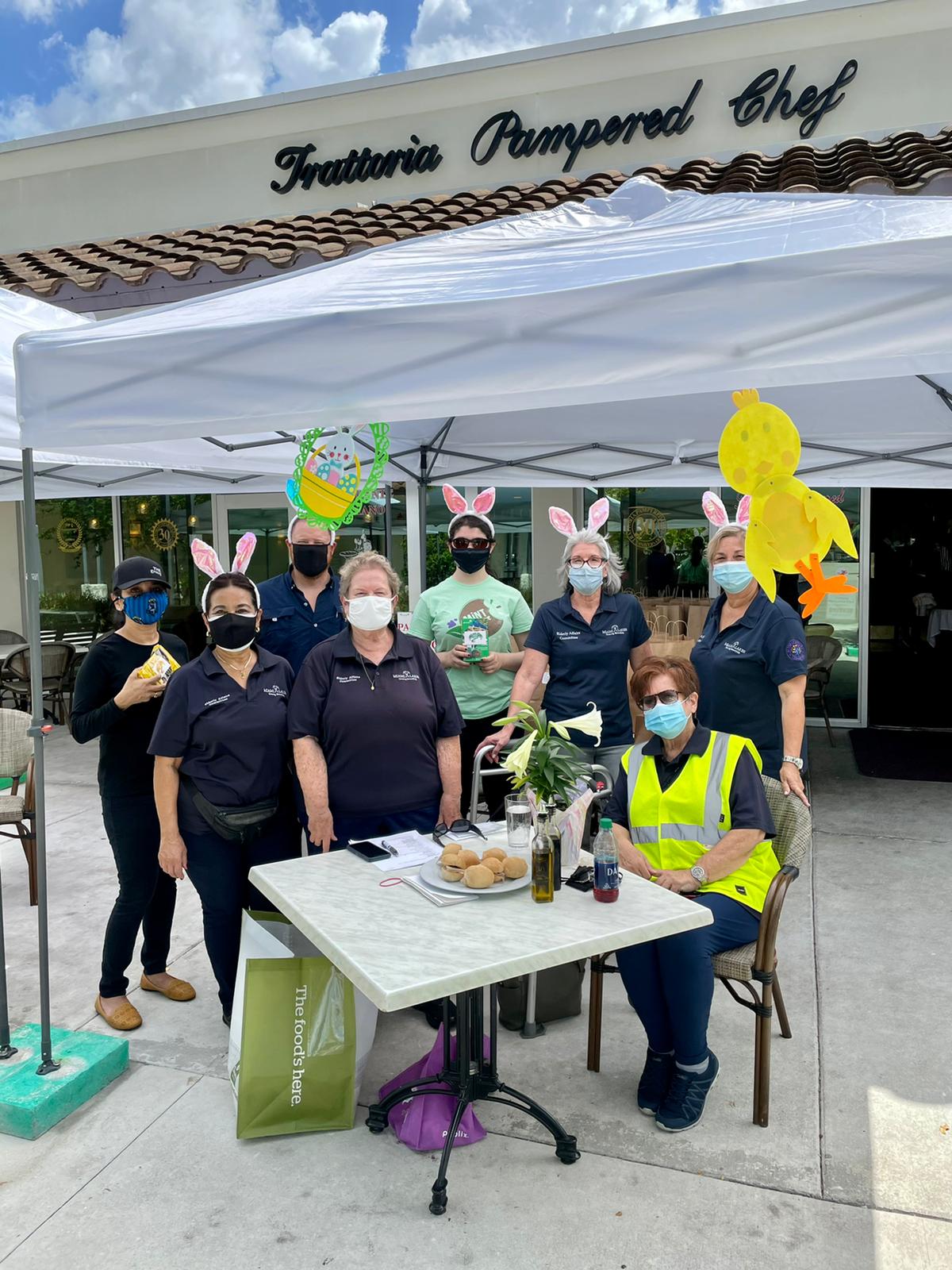 In Miami Lakes, Florida, seniors were feeling isolated and alone, so the Elderly Affairs Committee pivoted their “Meet & Eat” events to a COVID-safe, contactless drive-through. The drive-through model allowed seniors to have a brief socially distanced conversation with their peers and receive lunch and a Personal Protection Equipment kit.
In Miami Lakes, Florida, seniors were feeling isolated and alone, so the Elderly Affairs Committee pivoted their “Meet & Eat” events to a COVID-safe, contactless drive-through. The drive-through model allowed seniors to have a brief socially distanced conversation with their peers and receive lunch and a Personal Protection Equipment kit.
What’s noteworthy about this group of communities is that they aren’t necessarily clamoring to get “back to normal.” Because they used this crisis as an opportunity to innovate, they cracked the code on some problems that had previously not had clear solutions. Some meetings will now be hybrid to make them more accessible to people with busy schedules or disabilities. Community response teams that came together through crisis are planning on continuing to work on meeting the needs of residents in a collaborative manner. This Politico article offers a more exhaustive list of pandemic innovations that might be here to stay.
No community handled the challenges of the pandemic perfectly. Mistakes were made, lives were lost, business suffered, and it took a toll on people’s mental health. What we learned from these All-America Cities is that shared decision-making, trusted relationships, and innovation are not only the keys to a thriving community in “normal’ times but are also useful attributes in a crisis.
Rebecca Trout the Program Director of the All-America City Award & Communications at the National Civic League



